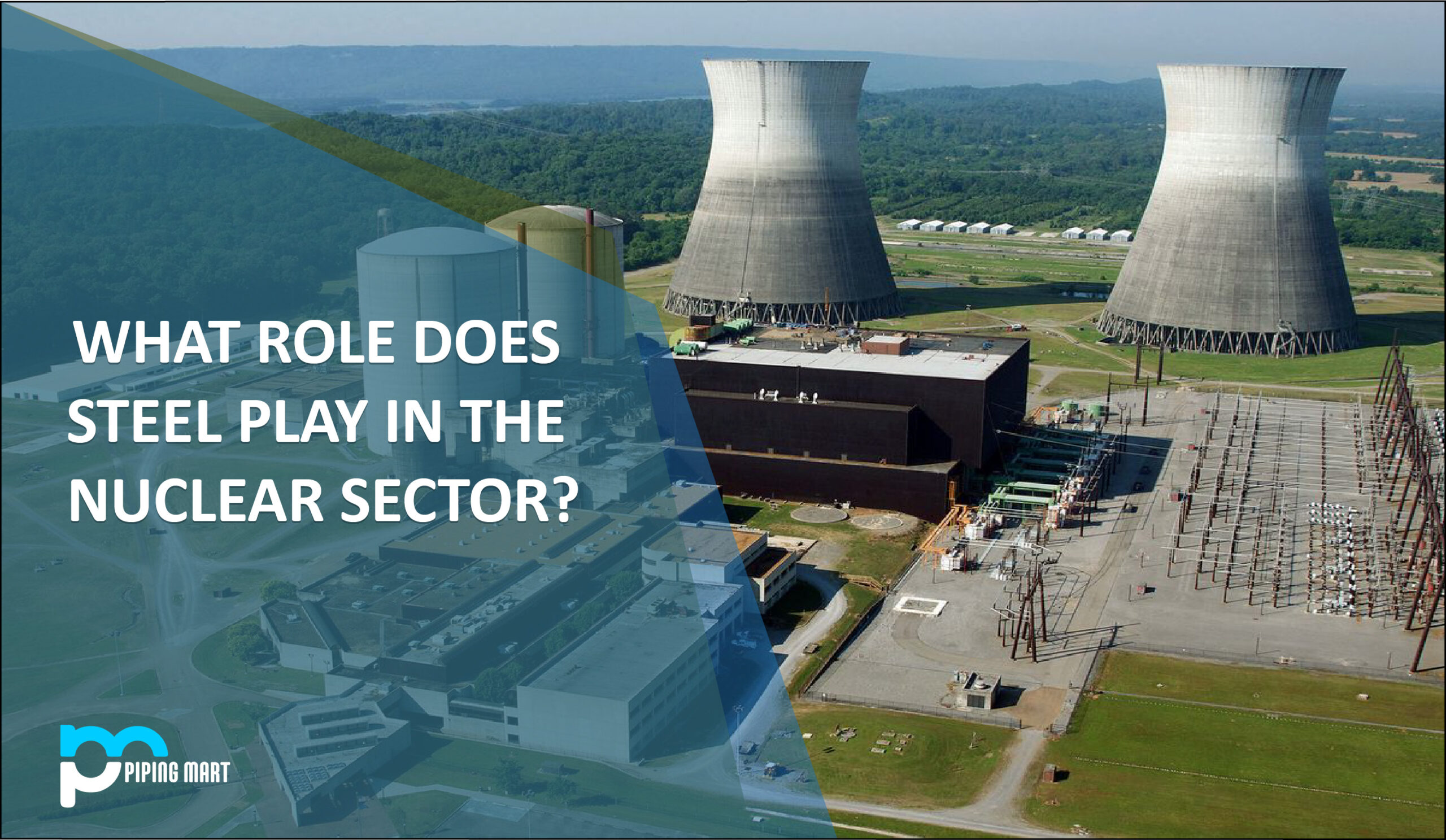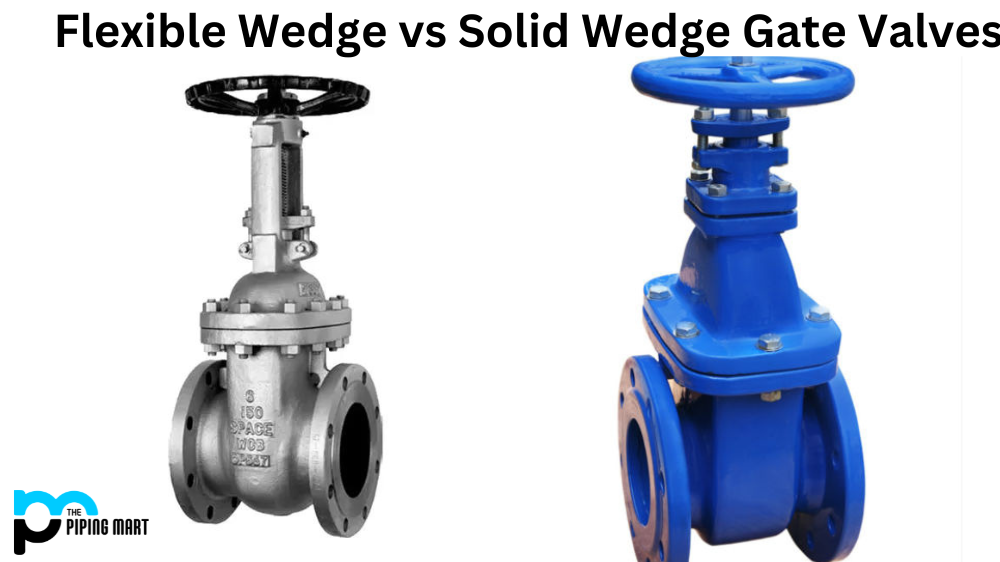For thousands of years, piping has been a part of daily life for people. In older times, clay or wood was used to make piping. Open stone tubes that served as pipelines conveyed water over great distances. Even though some of those conduits are still operating, some were constructed around a thousand years ago.
Although metallic piping is still commonly used today, nonmetallic piping still has value. In addition to the classic materials, innovative nonmetallic piping material combinations are available to humanity.
Basic Nonmetallic Piping Materials
The standard nonmetallic pipe materials are as follows:
- Clay
- Concrete
- Wood
- Glass
- Plastic
- Clay Pipe
Shale and clay are the primary ingredients used to make clay pipes.
There are two varieties:
Unglazed clay pipe and Clay pipe that has been vitrified.
There is no significant distinction between the two. Vitrified pipes can prevent the infiltration of moisture, groundwater, and effluents. They are covered (Glazed) and have a glassy appearance. On the other hand, Unglazed clay pipe cannot prevent infiltration and can absorb moisture. Both types of pipe are readily available in diameters ranging from 4′′ to 36′
Stormwater, sewage, and industrial waste are all transported through clay pipes. A vitrified clay pipe is a corrosion-free product for transporting industrial and sewage wastes. Pipe made of vitrified clay is robust, long-lasting, and eco-friendly. Some pipes that are more than 200 years old are still in use. These pipes’ stiffness prevents deflection and flattening when they are subjected to loads.
Clay pipes are constructed at the slope. Thus liquid flow is determined by gravity rather than pressure from external sources like pumps. Unglazed clay pipes must be shielded against soil pollutants and soil moisture intrusion. Bell-and-spigot joints are used to attach clay pipes.
Concrete Pipe
Concrete pipe is a widely popular type of pipe, and it comes in the following varieties:
Concrete pipe without reinforcement (often up to 24 inches in diameter)
Reinforced concrete pipes are often available in diameters up to 144 inches.
Pipe made of reinforced and prestressed concrete (Normally used in low-pressure service lines)
However, sewage, stormwater, and industrial waste are all transported using almost exclusively concrete piping. But a small number of them are also utilized in service lines (low-pressure lines).
All other concrete pipes, except the reinforced and prestressed pressure pipe, are only suitable for very low-pressure applications. Concrete is naturally brittle; this problem is solved by adding metal rods or mesh to reinforce it. The strengthened pipe can serve as a trench as well. Codes and standards that govern the kind of concrete pipe to be used and its wall thickness, diameter, and pressures apply to concrete pipe just like they do to other piping systems. When choosing the pipe, the weight of the backfill material placed above the concrete pipe exerts external pressure.
The diameters of non-reinforced concrete pipes range from 4 to 24 inches. As with clay pipes, it has bell-and-spigot ends.
Reinforced and Prestressed Concrète Pipe:
Steel rods reinforce or strengthen concrete piping when it is put under a lot of pressure or load. Contrarily, lining a welded steel cylinder with concrete is the initial stage in creating a prestressed concrete pipe. The cylinder is firmly wrapped with high-strength wire once the lining has been fixed. In turn, the steel cylinder compresses the concrete liner, putting it under tension. The pipe’s exterior is covered in concrete. Because the concrete was compacted, the pipe was stronger.
This pipe has a maximum fluid pressure capacity of 600 psi (depending on the material specification). Pumps are frequently employed in reinforced and prestressed concrete piping systems to move the fluid. Such pipes are connected using either a lead-and-steel joint or a rubber-and-steel junction. The bell-and-spigot joint is now used in a more sophisticated manner.
Wood Pipe
In England and certain Eastern cities, wooden drilled water pipeline of modest diameter has been widely utilized. When dug up, after many years of continuous use, it has been discovered to be as sound and clean as when it was put in service at an early stage.
However, it has been a long since wooden pipes were used, and they are no longer employed in industries so we won’t discuss them.
Glass Pipe
Glass pipes are utilized to withstand chemical reactions, cleanliness, and transparency. In the chemical and pharmaceutical industries, they are widely used. The glass pipe’s extremely smooth surface aids in keeping systems clean. In the case of abrasive fluid mediums, the hardness of the glass offers protection.
Properties of Glass Pipe
These characteristics of the glass pipes:
- Corrosion resistance
- Anti stick
- Purity
- Flexibility
- Ease of cleaning
- Tough glass is not susceptible to liner collapse due to a full vacuum at high temperatures.
Plastic Pipe
Plastic pipes are produced using a variety of plastic materials. These materials exhibit many characteristics that make these pipes the perfect option for everything from gravity sewer systems to pressurized water piping systems.
Plastic pipes are strong, lightweight, flexible, and adaptable. Many of the same applications for traditional metal and ceramic piping also apply to plastic piping. Significant weight and installation reductions are available with plastic pipe. This has a direct impact on the price.
Applications
The following are the major applications of plastic pipe:
- The mechanism for transporting water
- Firefighting piping system Sewage, drainage, and wastewater piping system
- System for managing chemicals
- Method for distributing natural gas
- Low-pressure plumbing
Materials
The following is a list of typical materials for plastic pipe:
- Vinyl Chloride Polymer (PVC)
- PVC that has been chlorinated (CPVC)
- High-density Polyethylene (HDPE) (HDPE)
- Low-density Polyethylene (LDPE) (LDPE)
- Butadiene with acrylonitrile styrene (ABS)
- PVC pipe has a smooth surface, good elasticity, and is non-toxic. Certain PVC grades are employed in service lines for chemical and food processing.
- PVC and CPVC pipe share many benefits and uses, although CPVC pipe typically has greater pressure-temperature ratings.
- HDPE pipe is employed in drainage systems and constructions because of its strong temperature resistance.
- LDPE pipe is mostly utilized in the sprinkler and drips irrigation systems, laboratories, and industrial process components.
- The dimensional stability and chemical and creep resistance of ABS pipes are both good.

Pipingmart is B2B portal specializes in industrial, metal and piping products. Also, share latest information and news related to products, materials and different types grades to help business dealing in this industry.




